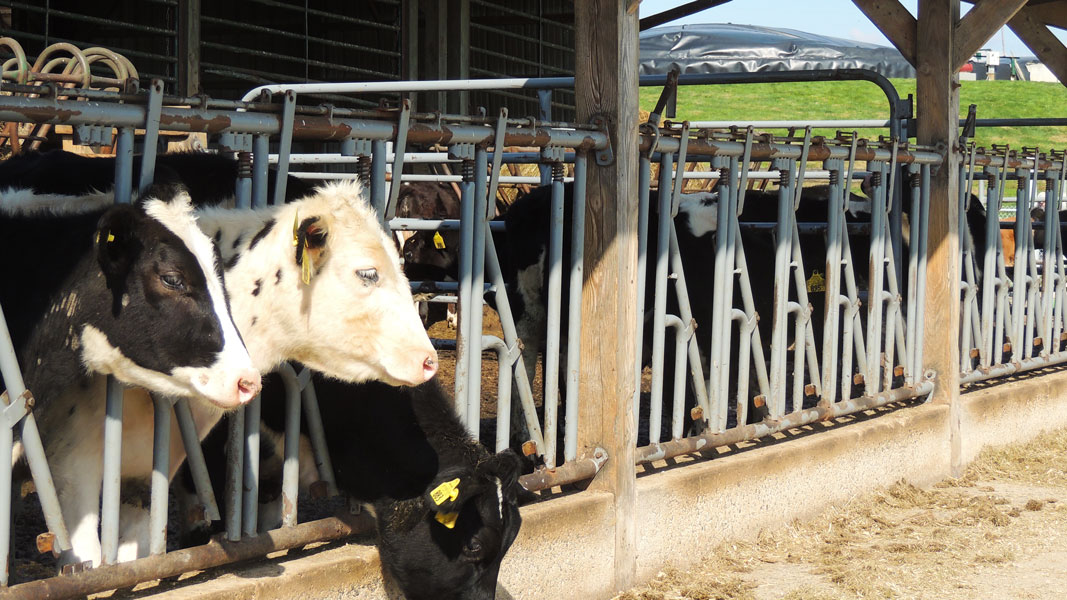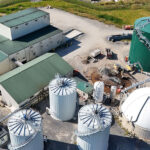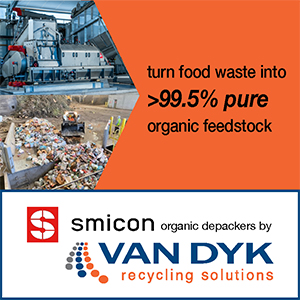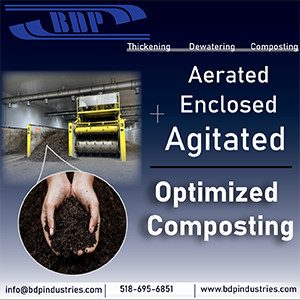Top: Photo by Doug Pinkerton
For National Dairy Month in June, the American Biogas Council (ABC) released new data on the continued growth of dairy-based biogas systems in the United States. The data was publicly shared by Newtrient, an organization that works with farmers, cooperatives, and companies to voluntarily adopt climate-smart practices. As of June 2025, there are 471 biogas capture systems in operation at U.S. dairy farms, double the number active at the end of 2020. The digester technology has evolved over the five-year time period, according to ABC’s data. At the end of 2020, tank-based digesters represented 24% of all anaerobic digestion facilities, with covered lagoons representing the remaining 76%. Today, covered lagoons account for 43% of all dairy digester facilities.
End use of the captured biogas has also seen a major shift over this period. Of the 471 systems today, 60% are upgrading biogas to renewable natural gas (RNG), with the remaining 40% using the biogas to produce electricity or heat. By contrast, at the end of 2020, 74% of the biogas captured was used for power generation, while just 26% of all U.S. dairy biogas capture systems were producing RNG.
The 471 dairy digester systems process about 15 billion gallons of manure from approximately 2.3 million dairy cows. and produce natural fertilizer and animal bedding. Almost $3 billion has been invested on U.S. dairy farms since 2020 to capture the biogas from their manure; in 2024 alone, $1.4 billion was invested. According to ABC’s data, Wisconsin has the highest potential for new dairy biogas capture systems, with 561 possible sites that could be added to the 54 currently operating. Over a third of operational systems in the U.S. are located in California, which still has potential for developing a further 543.













